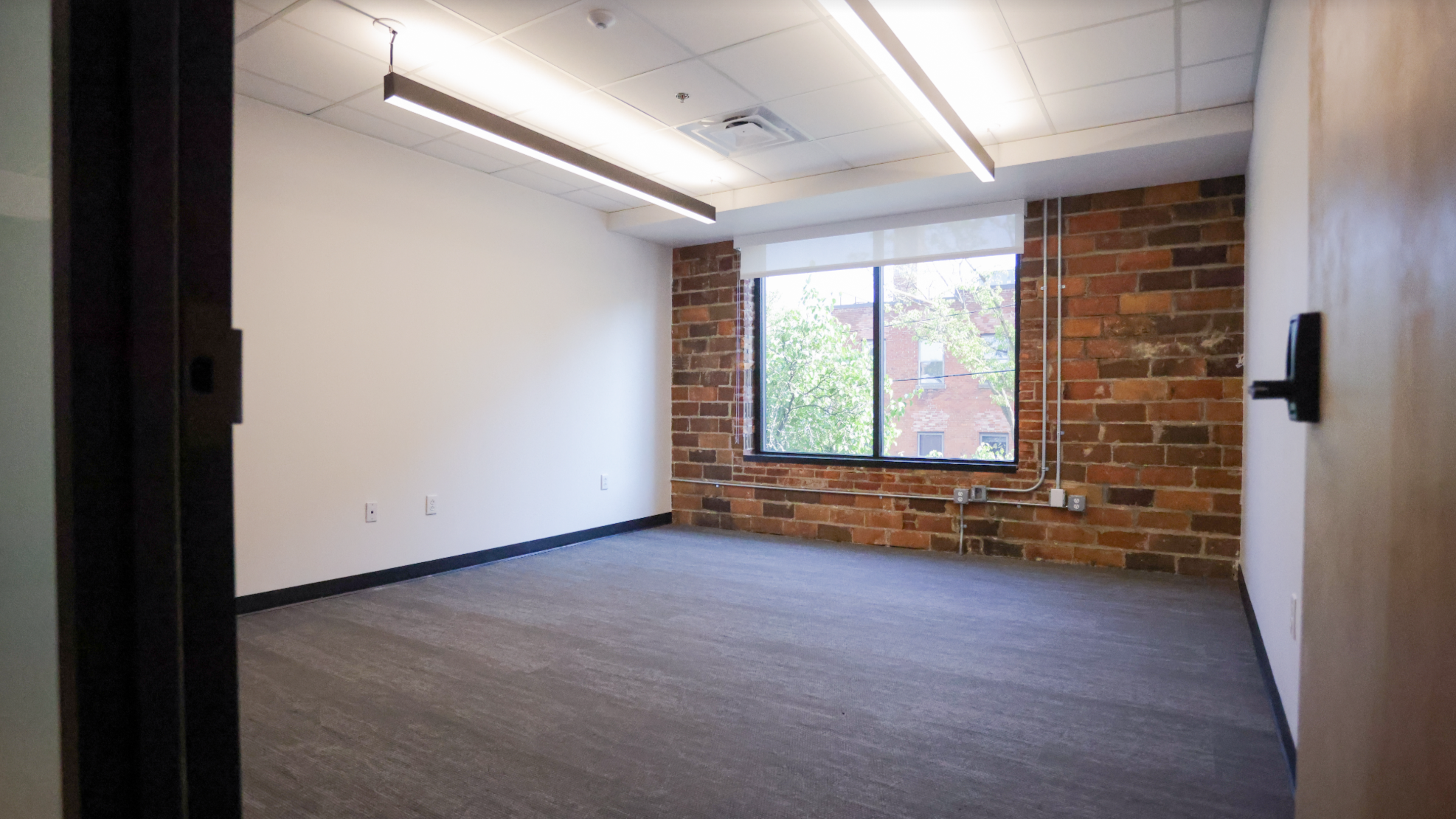
Building an Authentic Leadership Model for Corporate Executives

Jan Griffiths stands on stage at the Center for Automotive Research and challenges the room of 800+ attendees to think differently about leadership:
“Gravitas in leadership is that boss that you once had that you’ll do anything for. The one who has your back, the one who challenges you but also supports you, the one who helps you achieve your goals, the one that you trust that has your back.”
Ideas and beliefs about what constitutes a successful leader are constantly evolving to reflect workplace trends and values. The pandemic has altered the way work is performed, as many have swapped out large corporate offices for work-from-home setups in bedrooms, coffee shops, and coworking spaces around the country. Just as many work environments have transformed, corporate leaders are forced to consider how to best adapt to the new demands of their employees. COVID-19 has encouraged more compassionate, flexible, and collaborative forms of leadership.
Challenging the Prevailing Model for Leadership
For a long time, the traditional model for leadership has been based on the principle of command and control. Under this model, the manager is in charge and the employee must submit and conform to one mold. In order to achieve this, managers often engage in toxic workplace practices that involve micromanagement, poor communication, and disregard for personal and mental wellbeing.

Early in her career, Griffiths lacked the mentorship to demonstrate alternative forms of leadership. As a result, Griffiths emulated the behaviors of the successful leaders around her, even when those behaviors did not resonate with her. Like many others, she adopted the leadership models that had been handed down from the older supervisors. Griffiths learnt to assimilate into the traditional mold of leadership within the male-dominated automotive industry.
From her experience as the Chief Procurement Officer of a $3B company, Griffiths realized an opportunity to lead differently. She stepped into her own leadership style, a servant-leader model, which was based on collaboration, and seeks to pave the way for others to do the same.
Inspired to challenge the status quo, she quit her job after 35 years in corporate America to start Gravitas Detroit.
Jan Griffiths is the President and Founder of Gravitas Detroit. She’s on a mission to transform the work experience, breaking the mold of corporate leadership, by providing workshops, keynotes, and coaching services.
She started her entrepreneurial journey in 2018 following decades of experience in the automotive industry.

Breaking the Mold : Transitioning from Corporate to Entrepreneurship
This move toward entrepreneurship was not without risk. Overnight, Griffiths, a single mother and homeowner, saw her income drop to zero. At first, the thought of leaving her stable career seemed insane.
“Society and conventional wisdom tells you that this is what you do: once you’re in the corporate world, you stay in a corporate job.”
Financial instability is not the only challenge that entrepreneurs face. For those leaving behind a corporate career, there are several cultural adjustments that must be made too. Two main concerns struck Griffiths as she prepared to transition from the stability of a corporate career to the uncertainty of an entrepreneur: loss of identity and loss of structure.
More than most of us would like to admit, our identities and egos are deeply rooted in our jobs and job titles. Letting go of a title that she had spent her whole professional life working towards, and was proud of, was understandably challenging. Since stepping away from her corporate career, Griffiths has remained mindful of the role that titles play and avoids placing undue focus on them.
From the day we start going to school, we operate within a deeply structured environment. Most people transition from educational institutions directly into company structures where the cadence of meetings, agendas, and metrics are assigned. Griffiths had worked in a corporate structure her whole life and was suddenly faced with the challenge of building her own schedule. She quickly learnt that having a routine is important. This discovery served as inspiration for the Accountability Lab, which has given Griffiths structure and proved that many others are looking for the same thing.
Building Community as an Entrepreneur
Choosing to become an entrepreneur isn’t an easy decision, and it isn’t the best path for everyone. Griffiths initially received mixed responses from her peers. While those that knew her well were very supportive, others considered her crazy to walk away. Griffiths didn’t waver and focused on the legacy she wanted to create: to empower people so that they didn’t feel like they had to fit a mold.
“Why can’t you come to work fully authentically and be totally respected for who you are, what you bring to the table, and how you bring it to the table?”
While entrepreneurship can be a lonely path, it doesn’t need to be. Before taking the plunge, Griffiths reached out to her network and attended a business mastery course. In that course, she learnt about mindset and the psychology of business which led to a switch in thinking. She met three others through the course who continue to support her entrepreneurial journey.
Griffiths also plugged into her local entrepreneurial ecosystem. Alison Emerick, a friend and active member at Bamboo, helped Griffiths make connections in the community. Bamboo aims to foster community building through networking events where members can grow their network, find mentors, and collaborate with other business leaders. Today, you can find Griffiths riding her e-bike to the office in Royal Oak when the weather is good.
While the journey has not been without its challenges, Griffiths loves having full responsibility for the decision making and the sense of empowerment that comes with it. As an entrepreneur, Griffiths has the opportunity to demonstrate an alternative model of leadership while empowering others to lead with compassion.


